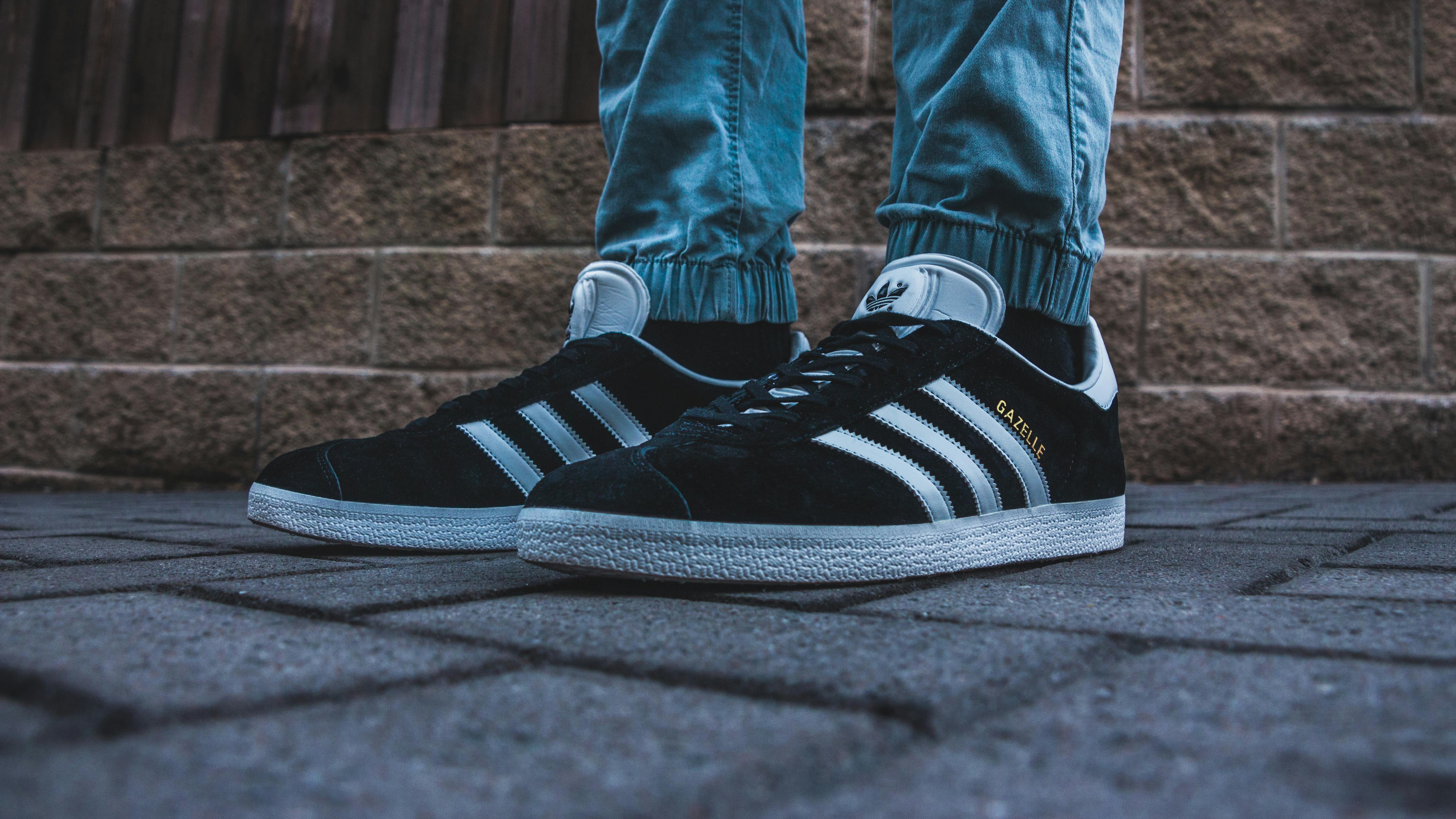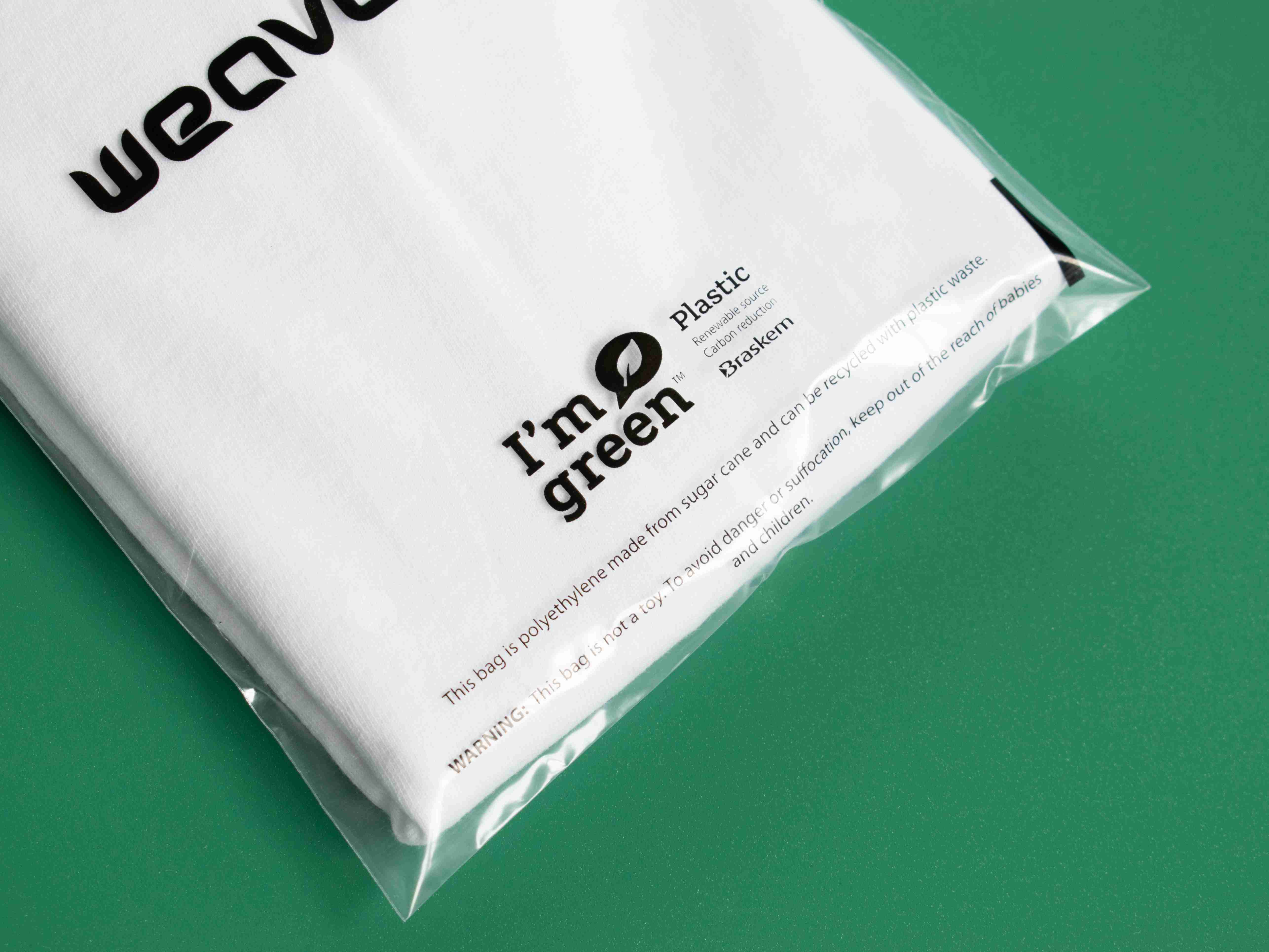Is Adidas sustainable?
Adidas proudly shows off its many sustainability initiatives, but just how sustainable is Adidas? Can it do more to protect the environment?

Known for its iconic three stripes, Adidas is a global giant in sportswear and fashion. But is it leading the pack regarding sustainability? For a brand of this size, sustainability isn't a choice but a necessity, with consumers’ demand for change at an all-time high.
Is Adidas sustainable? While the German brand focuses on sustainable products like its Parley range, uses recycled materials in its garments and footwear, and chooses eco-friendly packaging, the lines are blurry.
Adidas’ commitments
In some instances, Adidas is doing things well — and the brand doesn’t hide its commitments and targets.
- It’s been replacing virgin polyester with recycled polyester since 2024. Now, 96% of the polyester used is recycled.
- Since 2018, the Better Cotton Initiative has backed 100% of Adidas cotton.
- It has an entire product range derived from Primegreen (plant-based materials and natural sources) and Primeblue (from ocean plastics).
- In 2021, Adidas collaborated with Allbirds to create a running shoe with a carbon emission footprint of just 2.94kg.
.
In its roadmap, Adidas has also highlighted clear targets for 2025 and beyond, some of which include:
- Nine out of ten Adidas articles will be sustainable by 2025. By the end of 2022, seven out of ten Adidas products were sustainable, putting the brand on track to achieve its 2025 target.
- Adidas is on track to reduce its greenhouse gas (GHG) emissions per product by 15% by 2025.
- The brand aims to be climate-neutral by 2050 and reduce GHG emissions across its entire value range by 30% by 2030.
- By 2025, Adidas strives to have a system to identify and manage high-risk human rights issues.
While the global brand’s commitments and achievements deserve praise, the current outlook on Adidas' sustainability highlights that it needs more work.
The environmental impact
Like most brands, Adidas has set targets but isn’t necessarily meeting its ambitious goals. One of those is eliminating harmful chemicals by 2025 and we’re waiting to see how the brand achieves this.
While Adidas says it’s on track, the Carbon Disclosure Project climate and water questionnaires suggest otherwise. For instance, high-performing brands rated ‘Good’ score A- or A, Adidas has scored a B.
Good on You has also looked into Adidas’ sustainability efforts, stating it’s a start, but the brand needs to do more. For example, Good on You highlighted that although Adidas is taking limited steps to prevent deforestation, it falls short in publishing its policy.
It also found that Adidas doesn’t have enough evidence to suggest it has policies to protect biodiversity in its supply chain.
What doesn’t help Adidas is its involvement in greenwashing, something a jury found the brand guilty of in court. It was revealed that Adidas was misleading its consumers over environmental claims back in 2021, as it didn't inform consumers how much of its new Stan Smith shoe range was recycled.
The claims suggested the use of ‘50% recycled’ meant shoppers would assume 50% of the Stan Smith materials were made from recycled materials, which turned out to be a false claim.
Animal welfare
Adidas is taking measures to ensure animal welfare. A member of Leather Working Group (‘LWG’) since 2006, Adidas claims to have clear standards for its suppliers. For example, the brand doesn’t use cashmere, angora or exotic animal hair or skins, something to be commended but also a basic expectation for a brand of this size.
Although this is a good first step, Adidas continues to use down feathers, wool and leather in its products without highlighting the material sources. Adidas does, however, state it has a policy to source wool from non-mulesed sheep, but there isn’t enough evidence to verify these claims.
Again, Adidas is taking the right initial steps by having an animal welfare policy. However, by using the materials highlighted above and kangaroo leather, which is now a critical animal welfare issue, Adidas can and should do more to protect animals.
In May 2024, Adidas’ CEO claimed the brand would “make the switch faster than you think” regarding ending the purchase of kangaroo leather, but there hasn’t been a public update since then.
A focus on labour
The workers employed to bring Adidas’ products to life in the supply chain deserve recognition. The company revealed its policies on protecting workers during the COVID-19 pandemic. It also received accreditation from the FLA Workplace Code of Conduct for its social auditing programme.
Although the brand has committed to a slave-free supply chain, that doesn’t mean it’s entirely ethical. The Fashion Transparency Index scored Adidas at 49% for 2024, a drop from its previous 61-70% score in 2020.
The focus will now turn to the 2025 ratings to see whether Adidas’ initiatives increased its score.
Most of Adidas's focus and criticism comes from its reported failure to pay its supply chain workers a living wage. The issue comes to light even more when considering The Foul Play report, which compares money spent on sponsorships or marketing versus how much supply chain workers receive for their efforts.
Adidas still has a long way to go in ensuring workers throughout its supply chain are paid a living wage.
Adidas also faced criticism as the Australian Strategic Policy Institute linked the brand to forced Uighur labour. Concerns remain about the “alleged continued use of Uyghur forced labour in their supply chains despite the 2021 Uyghur Forced Labor Prevention Act (UFLPA), which outlawed this practice,” as products made there continued to flood markets.
Adidas grapples with the legacy of alleged wage theft in Cambodia, too. Issues concerning Adidas’ treatment of workers in its Cambodian supply chain have been simmering for years, with workers’ rights activists taking a stand against the alleged mistreatment.
However, the brand has a project to improve wages across the supply chain, which is a step in the right direction.
Sustainable collaborations
Adidas' many sustainability-focused collaborations with brands are a testament to their commitment to creating truly sustainable products. Here are some of their sustainable collaborations.
Adidas x Parley for the Oceans
The collection focused on transforming marine plastic waste into high-performance sportswear. This partnership has led to the creation of millions of products incorporating recycled ocean plastics, including footwear and apparel.
Adidas x Allbirds
Adidas joined forces with Allbirds to develop the FUTURECRAFT.FOOTPRINT, a performance running shoe. With a carbon footprint of just 2.94 kg CO2e and created with 63% less emissions, the range showcases a new approach to design and an alternative manufacturing method that reduces carbon impact.
Adidas by Stella McCartney
This collaboration focuses on developing sportswear made from innovative, eco-friendly materials. Made using recycled materials, each collection reduces the use of virgin materials and prevents waste from entering landfills, incinerators and oceans.
Adidas x Bolt Threads
In partnership with Bolt Threads, Adidas is creating footwear that is truly made with nature. In They introduced the Stan Smith Mylo, made using Mylo™ — a material derived from mycelium, a testament to the potential of regenerative materials in footwear.
Aside from these collaborations, Adidas is working on its own offerings to ensure sustainability.
Is Adidas sustainable?
Not entirely, but the brand is taking the right steps to ensure it’s becoming part of the solution. Whether it’s the product ranges, committing to targets or changing the materials and packaging it uses, these are all small yet impactful steps in the right direction.
Although Adidas is a global brand and industry leader, it can’t achieve true sustainability alone. It needs to be an industry-wide focus, with the most influential brands paving the way for others to follow.
There’s still some way to go for Adidas before it can be considered a sustainable brand.
How sportswear brands can become more sustainable
Every sportswear brand has to start somewhere.
For instance, Nike’s ‘Move to Zero’ mission highlights its commitment to addressing the climate crisis with timely targets to meet. A brand exploring and investing in eco-friendly packaging and trims will contribute to a circular economy, building a more sustainable future for our planet.
While Adidas has multiple initiatives lined up, it should still be further ahead. But this doesn’t mean small changes don’t make a big difference over time.
For sportswear brands, a great place to start is with packaging and trims, which our sportswear brochure covers in detail. Get your copy today by clicking the button below and start doing your part to become a more sustainable sportswear brand.
Summary
- Adidas has made significant progress in using recycled materials, with 96% of its polyester now coming from recycled sources.
- The company has a goal to have nine out of ten products be sustainable by 2025 and is working towards being climate-neutral by 2050.
- Adidas has faced criticism for not meeting some of its sustainability goals, such as eliminating harmful chemicals.
- Its transparency score on the Fashion Transparency Index has dropped.
- Adidas has used collaborations to advance its sustainability agenda. These partnerships, like the one with Parley for the Oceans, focus on creating products from eco-friendly materials such as recycled ocean plastics.
- Adidas is taking steps in the right direction with sustainability but there are notable areas for improvement.
Photo by Matthew Barra









